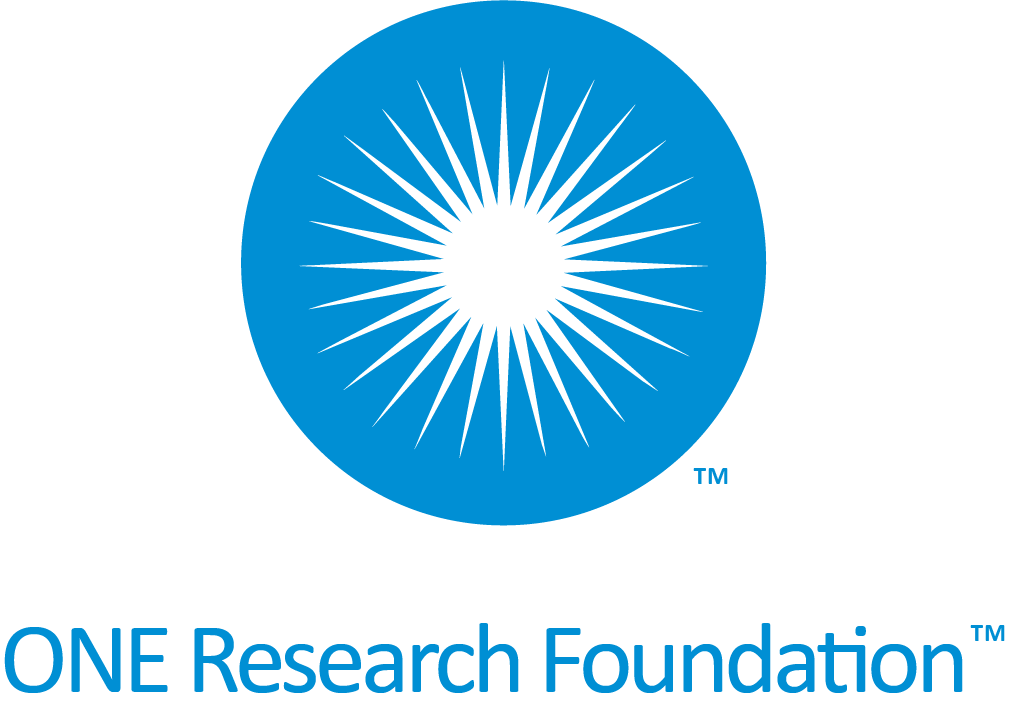Using NET to Treat Anxiety and Depression
Anxiety & Depression Profile of 188 Consecutive New Patients Presenting to a Neuro Emotional Technique Practitioner
Peter Bablis BSc Grad DC, Grad Dip Sports Sc, Henry Pollard BSc, Grad Dip Chiro, Grad Dip AppSc, MSportSc, PhD
The Journal of Alternative and Complementary Medicine Volume 15, Number 2, 2009
Abstract
Objectives:To describe the profile of a cohort of patients who presented to a Neuro Emotional Technique (NET) clinic. This study investigated the change in the Distress and Risk Assessment Method outcome measure score after a three month course of Neuro Emotional Technique was administered to participants.
Design and Setting: Uncontrolled cohort study in private practice.
Subjects: 188 consecutive new patients presenting to a Neuro Emotional Technique clinic.
Interventions: A 3 month course of Neuro Emotional Technique, which incorporates elements of muscle testing, general semantics, Traditional Chinese Medicine, acupuncture and chiropractic principles in its application to manage patients.
Outcome Measures: Distress and Risk Assessment Method (DRAM) questionnaire
Results: 55.9% of participants had musculoskeletal complaints, 34.6% had nonmusculoskeletal complaints and 9.6% reported no presenting complaint. Strongly significant differences in the mean DRAM scores and the mean individual component scores were found between pre and post treatment. There was strong evidence to suggest that the Modified Somatic Perceptions Questionnaire and the Modified Zung Depression Index scores were correlated (P<0.001), and that the allocation of subjects in any pre test category to categories on the basis of post test scores changed from category to category.
Conclusions: Neuro Emotional Technique is different to traditionally described chiropractic practice, and appears based on this one clinic, to have far more non-musculoskeletal presentations. This profile if consistent with other practices has strong implications for scope of practice for this form of chiropractic practitioners. Many participant presentations were ‘at risk’ of, or were clinically depressed, according to the DRAM. The DRAM status of the patient cohort significantly and clinically improved with the Neuro Emotional Technique treatment. As this study was non-randomised and uncontrolled, the results should be viewed with caution. We recommend that larger scale randomised controlled trials be commenced to investigate the preliminary findings of this report.





